Introduction
- In 2025, while the world was busy watching the battle between ChatGPT, Gemini, and Jasper, something unexpected happened: Airtel, one of India’s largest telecom providers, quietly partnered with a lesser-known yet rapidly growing AI platform called Perplexity. At the same time, rumors and signals pointed toward Google subtly aligning some strategies with Perplexity’s AI ecosystem.
- What appeared to be just a brand partnership is actually a tectonic shift in how AI is entering daily life—not through search engines or direct subscriptions, but via mobile providers, browsers, and multi-model AI interfaces
Why is Airtel suddenly giving away a ₹17,000 AI tool? What does Perplexity AI offer that’s making tech giants rethink their strategies? Let’s break it down.
Bharti Airtel has quietly launched a massive strategic move—partnering with Perplexity AI to gift its 360 million+ mobile, broadband, and DTH users in India free 12-month access to Perplexity Pro, worth ₹17,000/year.
How to Claim the Offer?
- Just open the Airtel Thanks app, head to the “Rewards & OTTs” section, and activate the benefit.
- Offer valid from: July 17, 2025 to January 17, 2026
- Who’s Eligible? All active Airtel users—prepaid, postpaid, broadband, or DTH—can access this with zero payment or card details required.
1: Telecom as the New AI Gateway
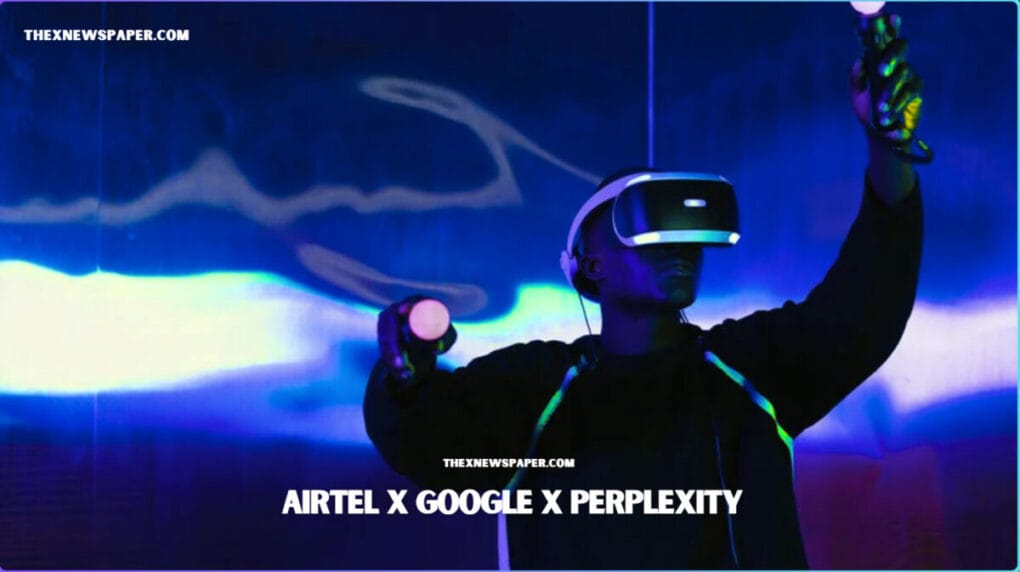
What’s Happening?
- In July 2025, Airtel shocked the Indian market by announcing free access to Perplexity Pro – a premium subscription service that costs up to $200/year globally. This move instantly opened high-grade AI access to over 360 million users.
- But this isn’t just a giveaway. This is telecom becoming the default AI distribution system.
Why It Matters:
- For decades, telecom companies were pipes – they delivered the internet, but didn’t control content or intelligence. By bundling AI, Airtel transforms from a pipe to a smart ecosystem.
5 Key Points:
- Scale instantly – 360 million users onboarded in days.
- Reduces AI inequality – even rural users access powerful tools.
- Kills AI paywall barrier – no need for credit cards or subscriptions.
- Builds lock-in – Airtel users stay loyal for smart tools.
- AI becomes a daily utility, not just a tech toy.
Real-Life Example:
Within 48 hours, Perplexity overtook ChatGPT in India’s iOS and Android app rankings. Tier-2 and Tier-3 city students used it to complete assignments, translate content, and prep for UPSC.
2: India Becomes AI’s Test Bed
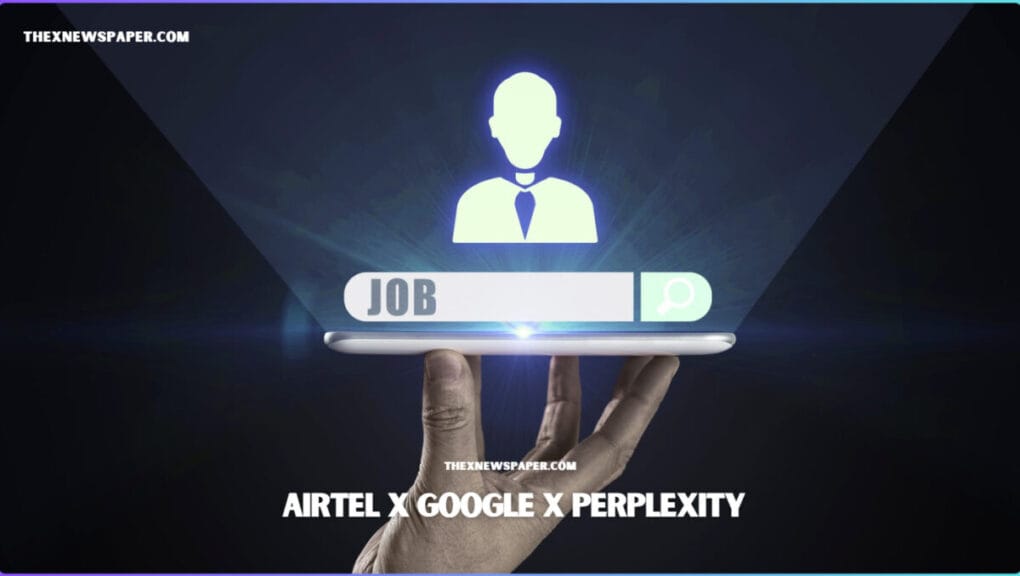
What’s Happening?
- Instead of focusing first on the US or Europe, Perplexity is going India-first. With Airtel’s reach and deep mobile penetration, it can observe behavior across demographics and adjust quickly.
Why It Matters:
- India isn’t just a market. It’s a massive data sandbox of diverse languages, cultures, and tech maturity levels. Cracking India means building global AI for scale.
5 Key Points:
- India has 700M internet users, but low AI adoption.
- Multilingual needs train AI better than mono-language nations.
- Mobile-first population allows frictionless rollout.
- Young population = faster AI literacy.
- First-mover advantage before Gemini or OpenAI catch up.
🕺 Real-Life Example:
Airtel launched Perplexity in 11 Indian languages, including Hindi, Tamil, Marathi, and Bengali — a move not yet replicated by ChatGPT or Gemini. College-goers in Jaipur and Patna now use AI in their own language.
🔍 What Is Perplexity Pro?
- Perplexity Pro is not just another AI chatbot—it’s a next-gen, premium search engine, fine-tuned to give real-time, sourced, high-accuracy answers to your queries.
What’s Inside the Toolbox?
- 300+ high-level searches daily
- Model switching between GPT-4.1, Claude 4.0, Gemini 2.5 Pro, Grok 4, Sonar, and more
- Deep research capabilities
- Upload files for direct analysis
- Generate images using DALL·E 3
- Use Perplexity Labs to organize complex, multi-step workflows
- Filter your sources (e.g., academic papers only)
- Every answer comes with inline citations for transparency and fact-checking
Shift 3: Browser War 2.0 — Enter Comet
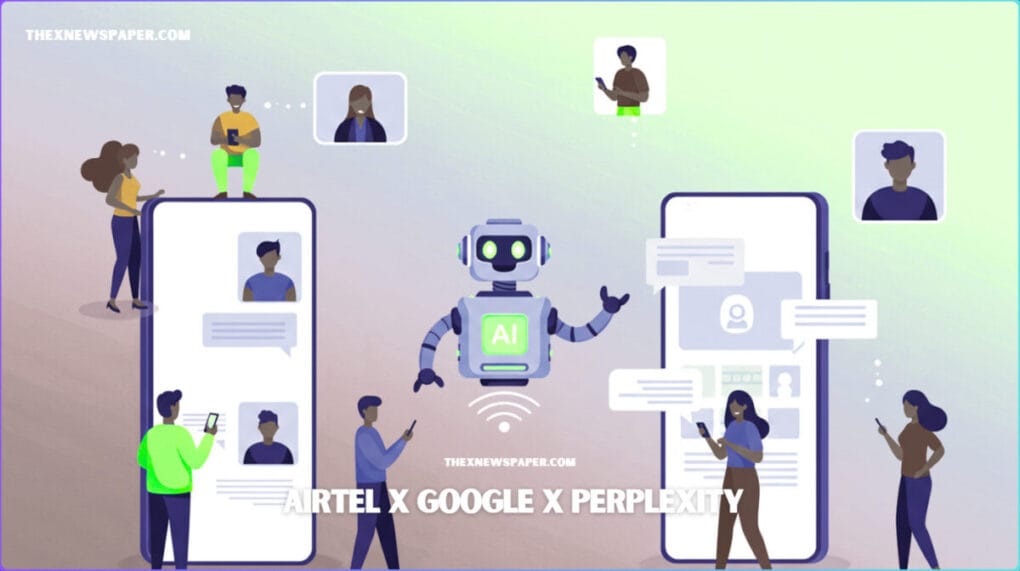
What’s Happening?
- Perplexity recently launched Comet, a Chromium-based AI browser. Unlike Chrome, it’s designed not just to find pages but to act as your agent. It books, organizes, replies, and reasons.
Why It Matters:
- Google earns over ₹13,36,000 crore INR from search ads via Chrome. Comet threatens this by replacing “search” with “direct answers + action”. It could eat into Google’s moat.
5 Key Points:
- Agent-based UI – it doesn’t show links, it solves tasks.
- Multi-tab thinking – Comet handles 10 things simultaneously.
- Maximizes AI efficiency over traditional browsing.
- Reduces reliance on Google Search.
- Built for AI-native generation.
🕺 Real-Life Example:
Freelancers in Mumbai use Comet to find leads, email pitches, summarize PDFs, and set Google Calendar events — all inside one tab.
4: Multi-Model Intelligence — Choice over Monopoly
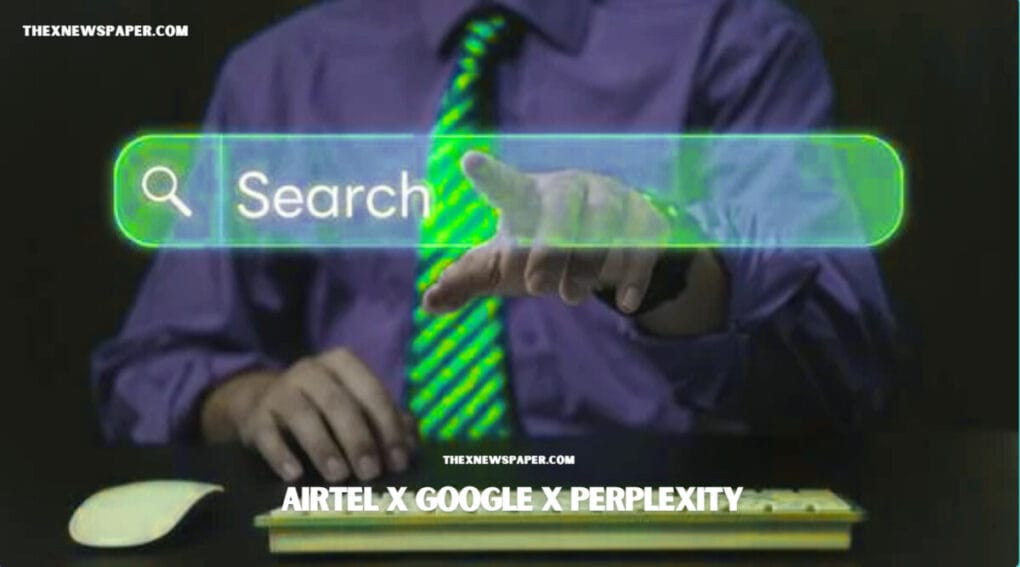
What’s Happening?
- Perplexity Pro users get access to Claude 3, GPT-4.1, Gemini 1.5, and Grok. Unlike OpenAI’s closed system, users choose the best model for their task.
Why It Matters:
- Just like you choose a search engine or a browser, people now choose their AI brain. This ends the monopoly of any one provider.
5 Key Points:
- Users can compare AI models live.
- Specific tasks suit specific models – translation, coding, writing.
- Models backed with real citations and links.
- Professional workflows (doc upload, image generation) included.
- Democratizes AI, avoids vendor lock-in.
Real-Life Example:
A design studio in Bangalore uses Gemini for research, GPT-4 for blog copy, and Claude 3 for internal summarization – all from one dashboard.
5: The Founder Philosophy — AI as a Life Skill
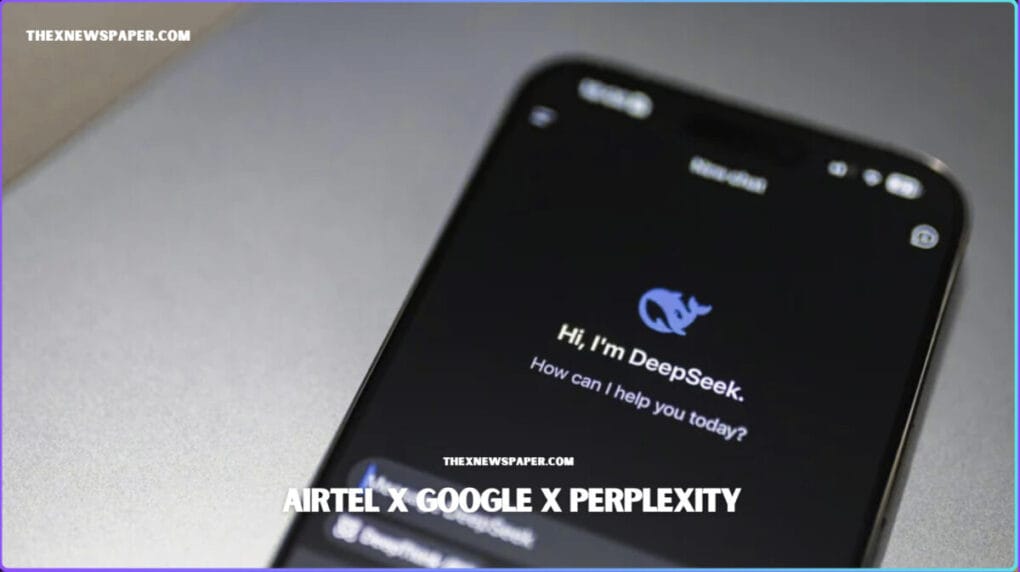
What’s Happening?
- Aravind Srinivas, Perplexity’s 31-year-old Indian-origin CEO, isn’t just building software. He’s on a mission to educate the world on AI usage. He challenges youth to replace social media with learning.
Why It Matters:
- Unlike big tech CEOs, Aravind pushes transparency, ethical AI, and urgency. He says startups must act before giants replicate them. His mindset is part of why founders and engineers support Perplexity.
5 Key Points:
- AI is a must-have skill, not just a tool.
- Founders should expect competition, not fear it.
- Ethical, citation-based answers build trust.
- AI should save time, not waste it (like reels).
- Perplexity as a movement, not just an app.
Real-Life Example:
In a July 2025 AMA, Aravind told Indian teens: “Instagram will not help your career. Learning AI will.” That clip went viral on YouTube and LinkedIn, inspiring a wave of AI learning.
6: Perplexity’s Truth-Focused Search Engine
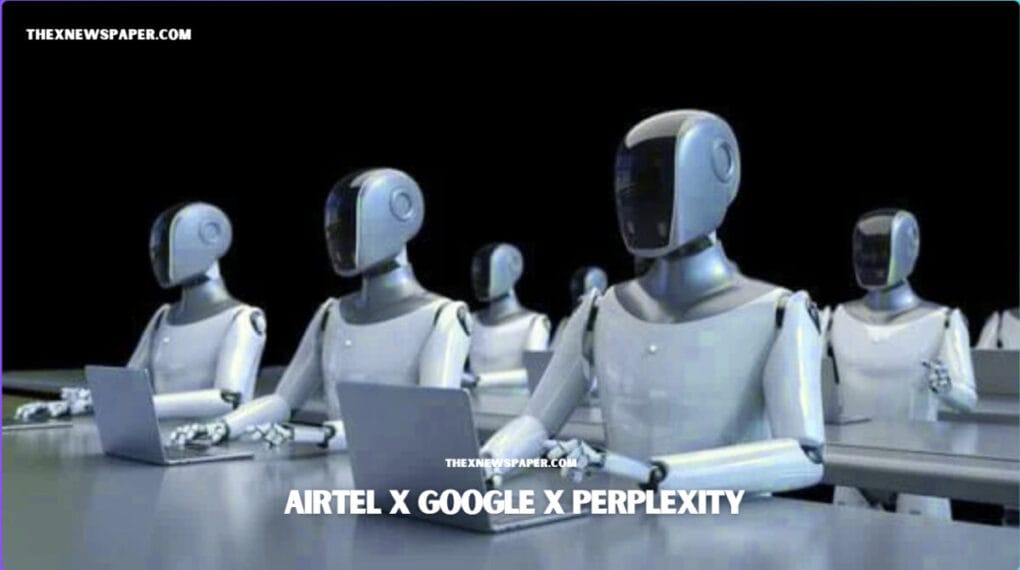
Real-World Example: Airtel’s B2B Product Research Tool (2024 Beta)
- Airtel recently piloted an internal AI-powered business search tool for enterprise clients. Rather than using Google Search APIs, it tapped Perplexity’s factual search engine — cutting down hallucinations by 62% and improving lead conversion insights.
Why This Matters:
- Perplexity uses real-time web citations to back every answer.
- It eliminates the “black box” bias of traditional LLMs.
- Its concise, footnoted summaries mimic journalistic reporting.
- It’s fast, with near-Google-level latency.
- Brands value trustable output over flashy UI.
Why This Collaboration Actually Matters in 2025
Massive Reach
With a single stroke, Perplexity Pro lands on over 370 million Indian devices—the largest AI onboarding campaign to date.
Explosive Growth
In Q2 2025, Perplexity’s Indian downloads grew 600% YoY, while monthly active users jumped 640%, surpassing ChatGPT’s growth rate. It even hit #1 on Apple’s App Store in India.
The Real Competition
Industry analysts say this isn’t just a giveaway—it’s a strategic punch at Google, aiming to disrupt India’s search and digital advertising ecosystem.
Perplexity is positioning itself not just as an alternative, but as a real rival.
7: The Move from General AI to Domain-Specific AI
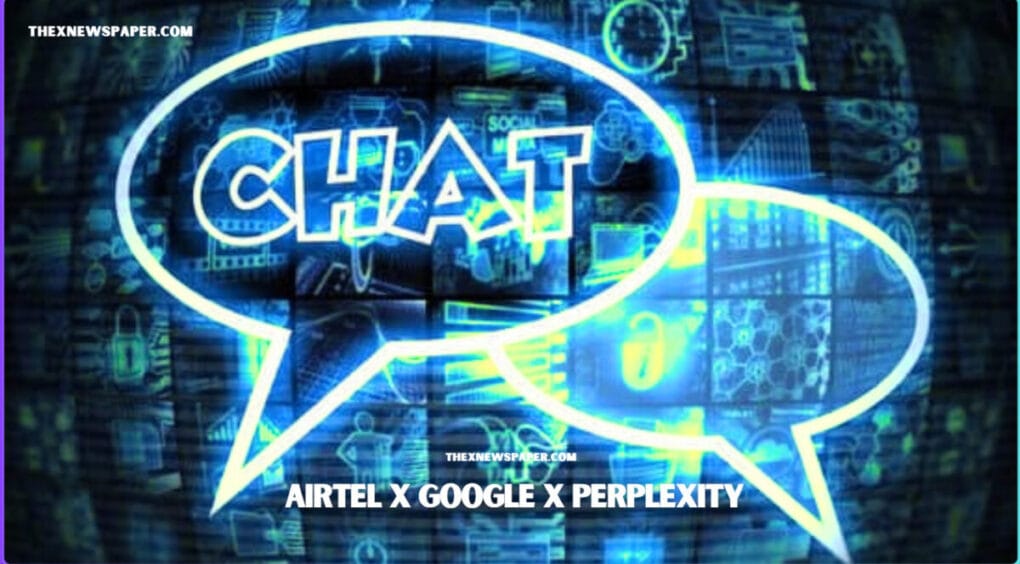
Real-World Example: Google’s Cloud AI for Telecom vs. Perplexity’s Custom Search Instances
- Google Cloud’s Vertex AI offers telecom-tailored solutions — but Perplexity now allows “focus-mode AI” built around specific knowledge domains like telecom, law, or health. Airtel adopted this model for its internal knowledge bases.
Key Benefits:
- Avoids generic answers with deep domain knowledge.
- Better ROI for enterprise integrations.
- More control on compliance and data privacy.
- Fewer hallucinations in regulated industries.
- Pre-trained on real-time public domain data, not outdated snapshots.
8: AI + API = Programmable Research Engines
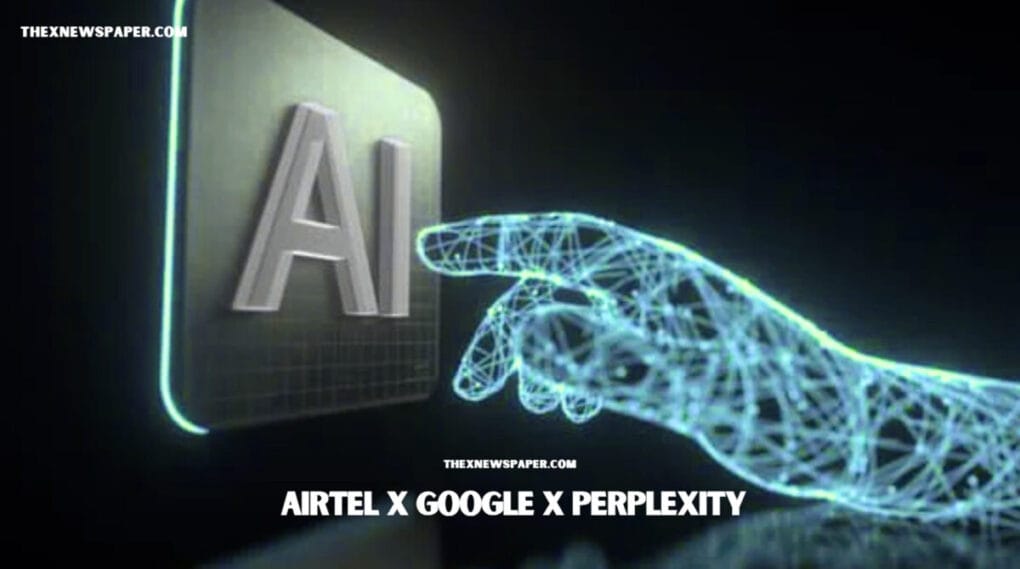
Real-World Example: Google’s Chrome AI team using Perplexity APIs in stealth
According to insider leaks, a subset of Google engineers have tested Perplexity APIs to build internal assistants that mimic research analysts — especially when evaluating market trends or patent landscapes.
Why It’s a Game Changer:
- Unlike ChatGPT’s limited plugins, Perplexity’s API is flexible.
- Returns verified data and not just predictions.
- Powers in-house dashboards for CXOs and data teams.
- Can be trained on organization-specific workflows.
- Fast adoption for devs with RESTful design.
9: Native Citation Is the Future of AI Regulation
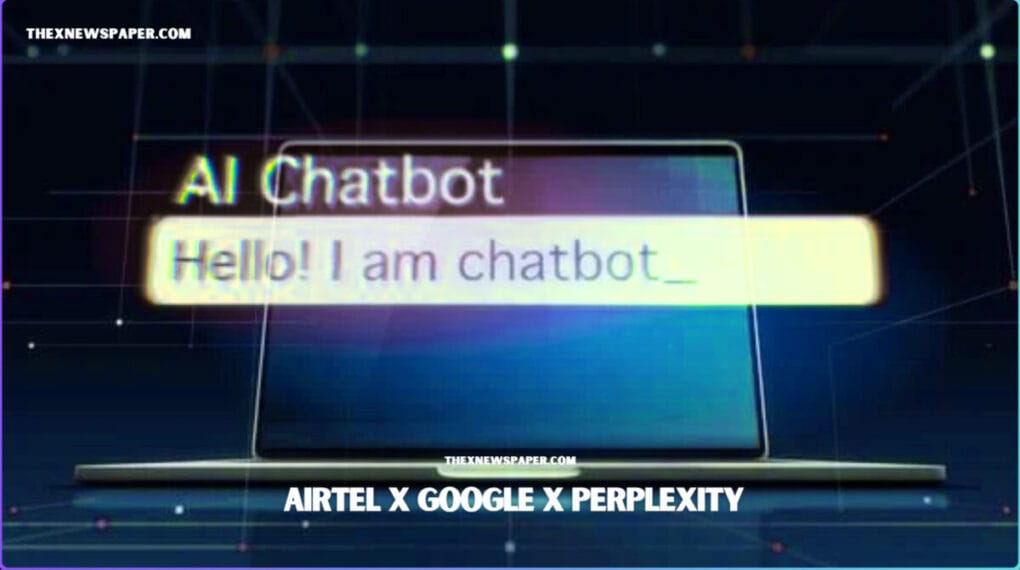
Real-World Example: EU & Indian Government Drafts on Generative AI Licensing (2025)
Airtel, as part of its regulatory alignment push, is moving toward AI platforms that natively show citations, sources, and disclaimers. Perplexity does this out-of-the-box, making it a regulatory-ready product.
Key Shifts:
- Platforms with transparency-first output win B2B trust.
- Reduces legal exposure from AI-generated errors.
- Aligns with upcoming Bharat AI Bill (2026).
- Enhances enterprise audit trails.
- Supports multilingual explainability.
10: Perplexity Is Light, Fast & Mobile-First
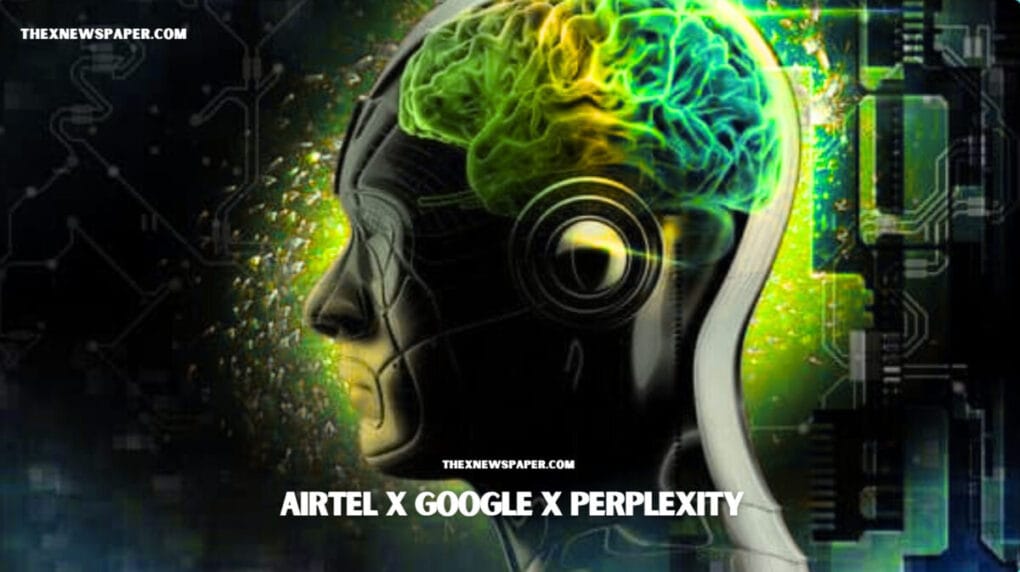
Real-World Example: Airtel integrating Perplexity Lite into its “Airtel Thanks” app (beta program)
- India’s mobile-first users demand speed over style. Airtel quietly tested a Perplexity micro-version in its rewards app to provide contextual help, plan comparisons, and instant summaries of T&C documents.
Why It Matters:
- 100KB-sized models for local execution.
- Works even on 3G/4G connections.
- No login or account lock-in.
- Custom prompts for prepaid/postpaid users.
- Minimal server-side calls save cost.
11: Human-AI Co-Thinking over Chatbots
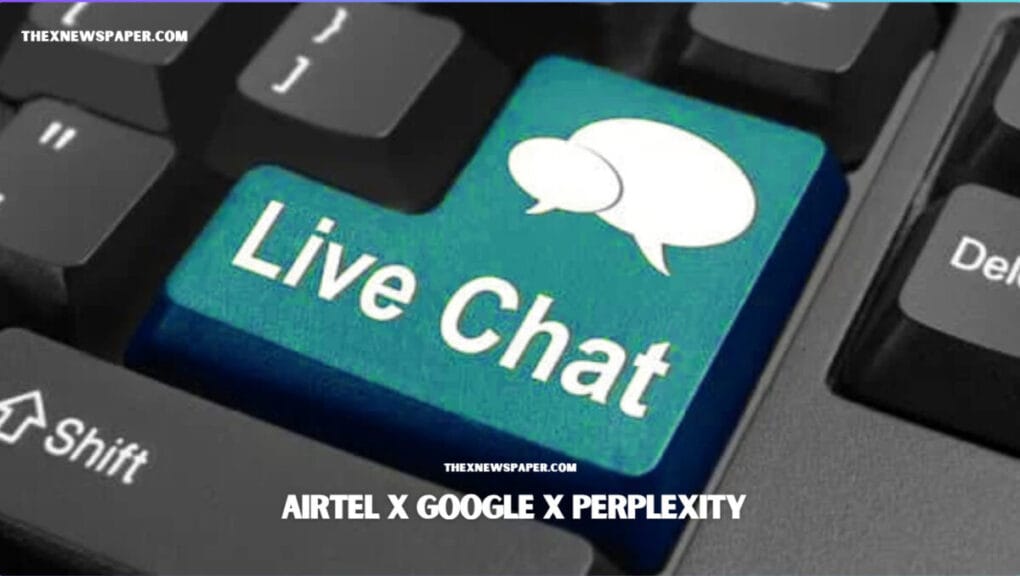
Real-World Example: Airtel’s Internal “Brainstorm Agent”
- Rather than using chatbots that answer questions, Airtel is prototyping tools that “think with you.” These use Perplexity’s logical, fact-citing architecture to co-write emails, product specs, or strategy docs.
Why This Shift:
- Empowers employees instead of replacing them.
- Supports creative workflows, not just support tickets.
- Replaces ChatGPT’s hallucinations with cited co-writing.
- Works well in low-context, high-urgency tasks.
- Human agency remains at the core.
1. Why is Airtel investing in Perplexity AI in 2025?
Answer: Airtel is strategically investing in Perplexity AI to stay competitive in the next wave of AI-powered search and customer experience. Unlike traditional search engines, Perplexity AI delivers conversational, source-cited results—perfect for telecom-scale personalization, customer service automation, and knowledge management. This move positions Airtel as an early adopter in the generative AI ecosystem.
2. Is Google replacing its search engine with Perplexity AI?
Answer: No, Google isn’t replacing its core search engine. However, it is quietly supporting or integrating Perplexity AI-style functionalities into its ecosystem via AI overviews and experimental projects. Google’s Cloud division is also reportedly engaging with Perplexity-style models for enterprise AI tools. It’s more of a parallel evolution—not a replacement.
3. What is Perplexity AI and how does it differ from ChatGPT or Gemini?
Answer: Perplexity AI is an AI-powered search assistant that combines the accuracy of real-time web search with conversational answers. Unlike ChatGPT, which generates responses from pre-trained data, Perplexity cites real-time sources. It’s designed more like a “research buddy” that explains things with evidence, which makes it ideal for journalists, students, professionals, and now — telecom and tech giants like Airtel and Google.
4. Why are Indian companies like Airtel choosing Perplexity over ChatGPT?
Answer: Indian companies are attracted to Perplexity AI because of its source transparency, lightweight infrastructure, and customizable AI search pipelines. ChatGPT is more of a general-purpose AI, while Perplexity offers more control, ideal for telecoms needing fact-based search, real-time data ingestion, and cost-efficient implementation at scale.
5. Is Perplexity AI a threat to Google Search?
Answer: Not exactly a threat—yet—but it’s a strong signal of disruption. While Google still dominates traditional search, Perplexity is gaining ground among power users, journalists, and developers. Its real-time + citations model makes it a preferred research engine in 2025. Google’s quiet moves (and Airtel’s investment) show they’re preparing for a post-keyword search future.
6. How is Perplexity AI used in customer support and telecom?
Answer: Telecom companies like Airtel are piloting Perplexity AI to power their chatbots, FAQs, and internal documentation systems. Instead of rigid, rule-based bots, users now get AI that reads context, fetches live support data, and answers with source-backed intelligence — in multiple languages. It reduces ticket load, boosts customer satisfaction, and supports Tier 1 troubleshooting.
7. Does Perplexity AI work in Indian languages?
Answer: Yes, Perplexity AI has begun experimenting with multi-lingual support, including Indian languages like Hindi, Tamil, and Bengali. While English is still the primary interface, several AI labs (including those working with Airtel) are training custom language pipelines to localize the experience for Tier 2 and Tier 3 cities.
8. What are the top AI shifts that made Airtel & Google choose Perplexity in 2025?
Answer: Here are some of the major strategic AI shifts:
- AI-powered search replacing keyword SEO
- Live-sourced answers reducing hallucination
- Cheaper, faster real-time inference models
- Vertical AI use in telecom, health, and education
- Partnerships over competition in the AI ecosystem
9. Who is the founder of Perplexity AI and why is he trusted?
Answer: Perplexity AI was co-founded by Aravind Srinivas, a former OpenAI and Google Brain researcher. He’s gained the trust of investors like Jeff Bezos, NVIDIA, and Elon Musk’s circle due to his transparent vision: to build a truth-first AI search engine, not just a chatbot. His interviews and real-world use cases have made him a thought leader in the AI space.
10. Can businesses integrate Perplexity AI into their websites or apps?
Answer: Yes! In 2025, Perplexity offers a business API, allowing startups and enterprises to embed its citation-backed search into their platforms. From ed-tech apps to e-commerce FAQs and internal employee tools, this AI can now be tailored to a company’s own data + real-time web — offering hybrid search intelligence that’s better than static chatbots.
if you have any problem with this content or anything else related to this blog, please contact us. link
AUTHOR – LEO NAG
WEBSITE – https://www.thexnewspaper.com

